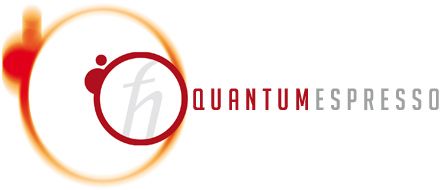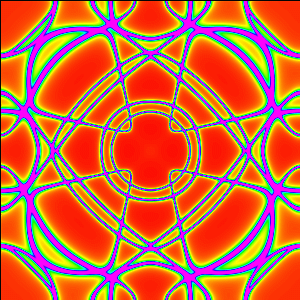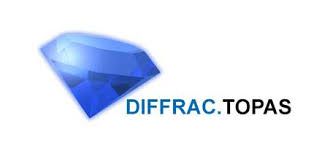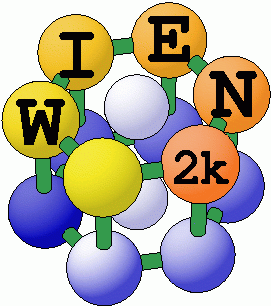Software
NAMD
NAMD is a parallel molecular dynamics code designed for high-performance simulations of large biomolecular systems.

OASYS
OASYS (OrAnge SYnchrotron Suite) is an open-source Graphical Environment for optic simulation software packages used in synchrotron facilities, based on [Orange 3](http://orange.biolab.si/orange3/). It includes SHADOWOUI, a port to the [SHADOW](https://github.com/srio/shadow3) ray-tracing code and XOPPY (the Python version of [XOP](http://www.esrf.eu/Instrumentation/software/data-analysis/xop2.4)
OCEAN
OCEAN is a versatile package for performing first-principles calculations of core edge spectroscopy. The many-body method is based on ground-state density-functional theory (DFT) and uses the Bethe-Salpeter equation. OCEAN utilizes the programs ABINIT or QuantumESPRESSO for ground-state DFT portion of the calculations. OCEAN is capable of producing various spectra including X-ray absorption near-edge spectra (XANES), X-ray emission spectra (XES), and non-resonant inelastic X-ray scatter (NRIXS or XRS). OCEAN is the result of collaboration between the Rehr group at the University of Washington and Eric Shirley at the National Institute of Standards and Technology (USA).
P
Combined EXAFS and XRPD data analysis with EXAFS full multiple scattering calculations and whole-spectrum fitting. A code designed to maximise the usefulness of the EXAFS technique in the investigation of crystalline materials which powder diffraction (PD) methods could not uniquely resolve. The program retains many of the features of EXCURVE (s. the related web pages) and provides most of the PD features of the program GSAS. For EXAFS this includes full multiple scattering calculations and whole-spectrum fitting, but at present it cannot deal with EXAFS polarisation dependence. PD calculations currently exclude calculation of the thermal diffuse scattering contribution, which is included in the background.

Quantum Espresso
Quantum ESPRESSO (QE) is an integrated suite of Open-Source computer codes for ab initio quantum chemistry methods of electronic-structure calculations and materials modeling at the nanoscale. It is based on density functional theory, density functional perturbation theory, plane wave basisi sets, and pseudopotentials. The core plane wave DFT functions of QE are provided by the PWscf (Plane-Wave Self-Consistent Field) component,
simex_platform
simex_platform is a python library to facilitate setup, execution, and analysis of simulations of experiments at advanced laser light sources. As an example, consider a molecule radiated by highly brilliant, ultrashort x-ray pulses such as delivered by an X-Ray Free Electron Laser (X-FEL). The simulation platform allows to combine tools and codes for the simulation of each step of the experiment: Generation of radiation in the photon source, propagation through optics and waveguides to the interaction point, photon-matter interaction, scattering of the radiation into the far field and detection of the latter. The platform provides slots and interfaces for the various simulation steps.

SPR-KKR
The SPRKKR band structure package allows to calculate the electronic structure of arbitrary 3-D periodic systems, including systems with chemical disorder. The treatment of 2-D periodic systems (e.g. surfaces) can be done at the moment only by using an auxiliary system having three dimensional periodicity or by making use of the cluster approximation. The electronic structure calculation can be done in a non-relativistic, scalar-relativistic as well as fully relativistic mode. In the scalar-relativistic mode paramagnetic as well as spin-polarized systems can be treated, including non-collinear spin structures and arbitrary spin spirals. In the fully relativistic mode, paramagnetic as well as spin-polarized systems with an arbitrary spin configuration can be dealt with. On the basis of the electronic structure calculation, many different properties can be investigated with a strong emphasize on response functions and spectroscopic properties.

TOPAS
Profile and structure analysis software for powder and single crystal data XRD. Profile and structure analysis by integrating a large wealth of profile fitting techniques as well as related applications. Single Line Fitting Indexing (LSI and LP-Search methods) Whole Powder Pattern Decomposition (Pawley and Le Bail methods) Ab-initio structure determination in direct space from powder and single crystal data Rietveld structure refinement Quantitative Rietveld analysis

Unscrambler X
Commercial software product for multivariate data analysis, used for calibration of multivariate data which is often in the application of analytical data such as near infrared spectroscopy and Raman spectroscopy, and development of predictive models for use in spectroscopic analysis of materials. Unscrambler X was an early adaptation of the use of partial least squares (PLS). Other techniques supported include principal component analysis (PCA), 3-way PLS, multivariate curve resolution, design of experiments, supervised classification, unsupervised classification and cluster analysis.

VASP
VASP is an ab initio simulation package based on DFT. It is used for atomic scale materials modelling, e.g. electronic structure calculations and quantum-mechanical molecular dynamics from first principles. VASP computes an approximate solution to the many-body Schrödinger equation, either within density functional theory (DFT), solving the Kohn-Sham equations, or within the Hartree-Fock (HF) approximation, solving the Roothaan equations. Hybrid functionals that mix the Hartree-Fock approach with DFT are implemented as well. Furthermore, Green's functions methods (GW quasiparticles, and ACFDT-RPA) and many-body perturbation theory (2nd-order Møller-Plesset) are available. Central quantities, like the one-electron orbitals, the electronic charge density, and the local potential are expressed in plane wave basis sets. The interactions between the electrons and ions are described using norm-conserving or ultrasoft pseudopotentials, or the projector-augmented-wave method. To determine the electronic ground state, VASP makes use of efficient iterative matrix diagonalisation techniques, like the residual minimisation method with direct inversion of the iterative subspace (RMM-DIIS) or blocked Davidson algorithms. These are coupled to highly efficient Broyden and Pulay density mixing schemes to speed up the self-consistency cycle.

WIEN2k
The program package WIEN2k allows to perform electronic structure calculations of solids using density functional theory (DFT). It is based on the full-potential (linearized) augmented plane-wave ((L)APW) + local orbitals (lo) method, one among the most accurate schemes for band structure calculations. WIEN2k is an all-electron scheme including relativistic effects.
- ← Previous
- 1
- 2
- Next →

